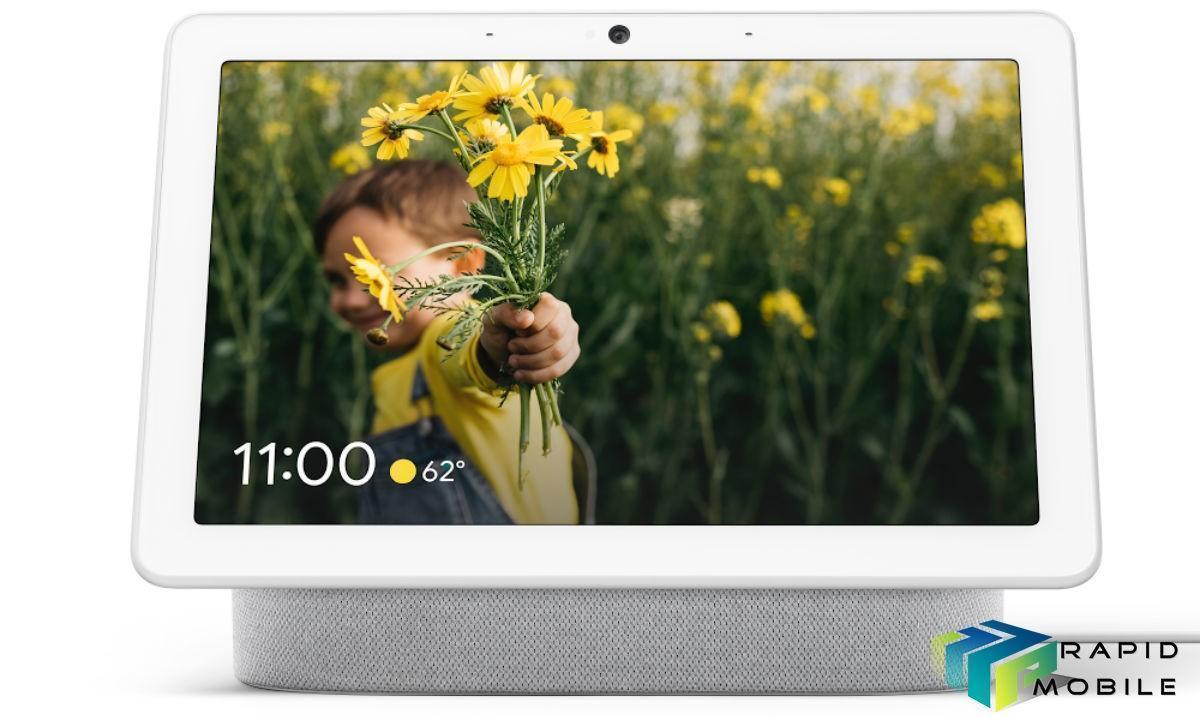Google has announced that the company’s smart home products will be re-branded with the Nest name going forward. Google Home, Google Assistant and Nest, as of today, all merged into one smart home brand named Google Nest
The only current hardware that’s being renamed right away is the Home Hub — it’s now the Nest Hub. At the same time, it’s coming to 12 more countries and the price is being permanently lowered.
Google hardware chief Rick Osterloh announced the re-branding on stage:
Over the past year, we’ve brought the Nest and Google teams together to deliver on our vision of the helpful home. And today we’re further simplifying things, bringing all these products together under the Nest name. As a single team, and a single product family, we’re following a set of guiding principles that reflect our commitment to putting people first.
Osterloh is referring to the corporate reshuffling that took place in early 2018, when Nest was moved out of Alphabet’s Other Bets segment and back under the Google umbrella . It didn’t really make much sense to have two separate divisions working on similar products, and Nest already has a strong brand in smart-home products anyway.
Nest Hub MaxThe Google Home Hub will be renamed the Nest Hub, and Osterloh unveiled the new Nest Hub Max, a larger version with a bigger 10-inch display and a camera. The first Hub specifically did not include a camera for privacy considerations.
The new camera is essentially a Nest Camera, integrating with Nest’s platform, so it can tap into video doorbells and security cameras, but can also be used for video calling. The Nest Hub Max also includes local facial recognition in order to better personalise the device.
The new Google Nest Hub Max will launch on 15 July costing £219 in the UK. The Nest Hub Max is a larger version of the popular Google Assistant-powered Home Hub, launched in October last year. Like other smart displays it answers questions and accepts commands via voice, but can also show information and video on its 10in 1080p screen providing more detail and allowing non-verbal interaction.
New for the Nest Hub Max is a wide-angle camera, which enables video calling and messaging including an automatic framing system. But it also enables a range of unique features using local artificial intelligence, which operate without needing to send information to Google’s servers.
The camera can be taught to recognise individuals’ faces as they approach the display and proactively show them their personal information such as calendar and messages on the screen. Google’s Voice Match voice recognition system has been capable of similar feats but only reactively.
The camera can also be used for hand-based gestures. Showing it a palm when watching video or playing music or the radio pauses the content without having to touch the screen or talk to Google Assistant.
The integration of Google’s Nest smart home system can also make use of the camera as a security camera, complete with intruder alerts and recorded video with an additional subscription.
“Our goal is to simplify the smart home, but also evolve the privacy model,” said Lionel Guicherd-Callin, head of product for EMEA for Google Nest.
“Transitioning Nest into Google gives us access to better security for accounts including proactive detection of intrusion attempts. But we are also going to be transparent about the data we collect, that we don’t sell users’ data and allow users to review, remove or delete their data where needed.”
Guicherd-Callin said that Google would publish all details of sensors, cameras and microphones in its smart home products, even if they are not actively in use, and give users control to switch them off where desired.
As well as the traditional mute switch that electrically disconnects both the microphones and the camera on the Nest Hub Max, users will be able to disable the camera entirely.



